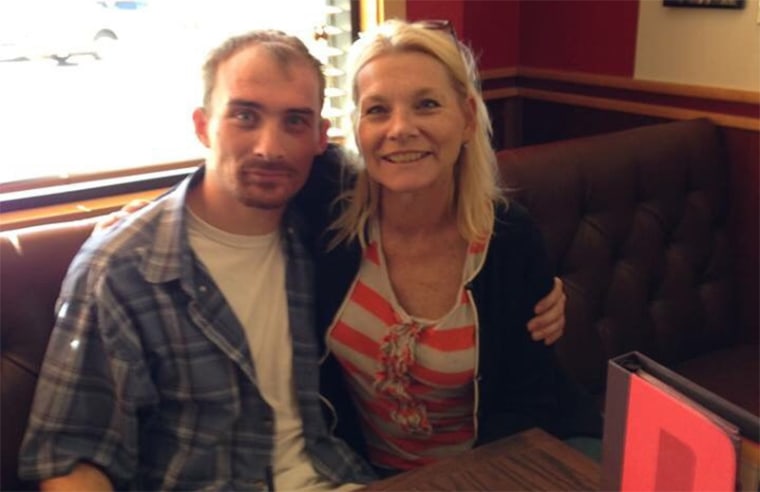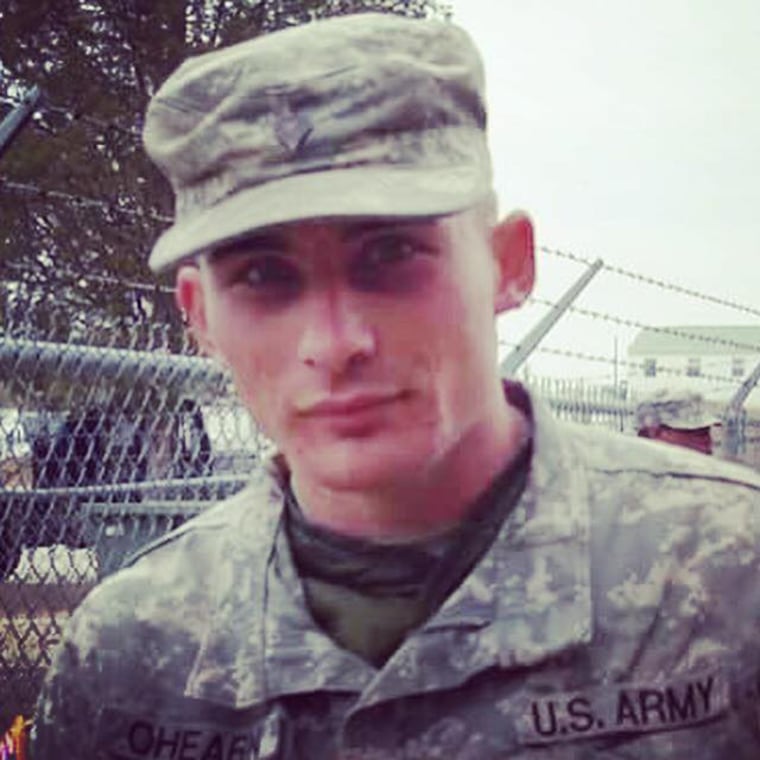WASHINGTON, DC — Terry O'Hearn came into the world a fighter, his mother, Robin, says.
But after serving in the Army in Iraq and Afghanistan, she says, he changed.
"He wasn't as happy-go-lucky," she said. "He seemed to pull back from all of us."
O'Hearn battled post-traumatic stress disorder for years. In 2016, he put a homemade shotgun to his chest and fired. He survived, spending the next few weeks in a Department of Veterans Affairs hospital in Sacramento, California.
As her son recovered, Robin worried what he would do when he left the VA hospital. She says she begged the hospital to keep him. "He's isolated himself," she remembers saying. "Please do not let him go. Do not let him go home alone."
He stayed in the hospital for a total of two weeks. Just days after his release, O'Hearn, 30, took his own life.

Veterans' suicides, like O'Hearn's, are an ongoing crisis. Every day, 20 U.S. veterans die by suicide, according to VA statistics. The VA estimated that veterans are more than twice as likely to die by suicide as other members of the public. Their rate of suicide is increasing, just as it is rising among the general population.
Some veterans die by suicide at the very hospitals designed to help them. This month, three veterans took their own lives at VA facilities in just five days.
One veteran shot himself in a busy waiting room at an Austin, Texas, clinic. Two others took their lives at VA centers in Georgia.
Over the past two years, there have been more than 260 suicide attempts at VA facilities, according to the agency, though a vast majority of those attempts — 240 — were thwarted.
In a statement, VA Press Secretary Curt Cashour said, "Our deepest condolences go out to the loved ones affected by these deaths. Due to patient privacy concerns, we will not be discussing the specifics of these cases."
Resources for veterans
But there are resources for veterans, like the VA's crisis hotline. Eighty veterans a day use the hotline, established in 2007, in search of emergency help. The hotline added a third call center in 2018.
The Trump administration has also tried to address the uptick in veterans' suicides.
In March, President Donald Trump established a new veteran suicide prevention task force through executive order, calling it "a tragedy of staggering proportions."
"They kept us safe, and we're going to keep them safe," he said.
The task force is expected to produce a report on the issue within a year.
A year earlier, Trump had signed an executive order that provided new veterans with mental health care for at least a year after they leave the military.

Meanwhile, O'Hearn's mother says her mission now is to help other military families. A veteran herself, she served eight years in the Air Force, leaving as a staff sergeant. She wants to educate other families about how to navigate the VA process and how to recognize the symptoms of PTSD.
"I want people that are in the position that we were in to understand the process," she said. "So that maybe they could intervene. I wish that we could have intervened at some point."
If you or someone you know is in crisis, call the National Suicide Prevention Lifeline at 800-273-8255, text TALK to 741741 or visit SpeakingOfSuicide.com/resources for additional resources.
